Chronic Lymphocytic Leukemia
Chronic Lymphocytic Leukemia (CLL) is a blood cancer and is a type of non-Hodgkin’s lymphoma. One of the most common types of leukemia among adults, CLL is a slow-growing disease, meaning that some patients might go on for years without presenting any symptoms or requiring treatment. That is where the term “chronic” comes from. Although very common, scientists have not been able to find a treatment or drug to cure CLL yet. In this article, we will cover various aspects of this common disease and learn about the developments regarding it.
What Is Chronic Lymphocytic Leukemia?
Chronic Lymphocytic Leukemia starts in the white blood cells, named the B cells located in the bone marrow. The white blood cells’ main function is to help the body fight infections and diseases. When CLL occurs, the reproduction of white blood cells reaches a critically high level in the bone marrow, which prevents the blood from creating healthy cells to fight infections. It also causes anemia and easy bleeding.
How is Chronic Lymphocytic Leukemia Diagnosed?

To diagnose CLL, health professionals have many methods to use. What doctors start with in case of suspicion of CLL is to ask for the patient’s medical history and make a physical examination to check for signs of the disease focusing on especially the abdomen and the lymph nodes. These initial steps are usually followed by a variety of tests each with a different focus and areas of research. Imagining tests are not required only after a diagnosis.
Blood tests: The blood tests doctors prefer in this situation are generally the complete blood count (CBC) and blood chemistry tests. In addition to a CBC which assesses the white and red blood cells along with the platelets, they might also ask for a differential CBC which evaluates the number of any type of white blood cells. The doctor might also order flow cytometry, which searches for specific markers (in this case CLL substances or lymphocytes) in cells to classify the cells. The search can be performed for blood as well as the bone marrow and other bodily fluids.
Since high level of a protein called the beta 2-microglobulin indicates an advanced stage of CLL, the doctor might also investigate its level. If you have recently experienced an infection (or even if you haven’t), the doctor might want to check your immunoglobulin levels to see if your body is able to produce enough antibodies to fight the infection.
Genetic tests: Genetic tests are performed to identify the changes in genes and chromosomes. These tests might be cytogenetics, fluorescent in situ hybridization (FISH) and molecular tests.
Bone marrow tests: Since CLL starts in the bone marrow, bone marrow tests are where the doctors usually start along with the blood tests. To acquire samples to test, bone marrow aspiration and/or a biopsy can be performed. Bone marrow tests are ideal to see how advanced the disease is. In the lab, the samples are looked under a microscope to identify the characteristics, size and shape of the white blood cells.
Lymph node biopsy: This is generally performed to diagnose lymphomas. For CLL, this sample collected from the lymph nodes with the biopsy is checked under the microscope to see if there are cancer cells.
Lumbar puncture (or spinal tap): This is usually preferred only when the medical team suspects the leukemia to spread to the area around the brain and/or the spinal cord. The samples are collected from bone or the spinal cord.
What Is Leukemia?
Blood cancers are grouped under the names leukemia, lymphoma, or myeloma. This disease begins with mutations in the cell’s DNA in the tissues that form blood, such as the lymphatic system and the bone marrow. Bone marrow’s function in the body is to create blood cells (white blood cells, red blood cells, and platelets) with different responsibilities. Leukemia causes the bone marrow to overproduce cancerous white blood cells which outnumber the healthy cells. This leads to a weakened immune system. Leukemia is the most common type of blood cancer among adults over 55 and children under 16. This has forced the scientists to focus their efforts to study the disease which proved productive. Since the 1960s, the five-year survival rate has risen from 14 percent to 65 percent.
What Is Chronic Leukemia?
Chronic leukemia is another name for chronic lymphocytic leukemia (CLL). Its slow-growing (indolent) nature gives the disease its “chronic” character. This means patients with CLL might have the disease continuously without suffering the symptoms. The reason behind it is the maturity of the B cells in white blood cells, where they look normal although they are not. These almost-mature cells take a long time to cause symptoms, and thusst for a long time but do not become cancerous. This usually leads to diagnosis at advanced stages which make it harder to treat or cure.
What Is Lymphocytic Leukemia?
Leukemia is classified as either lymphocytic leukemia or myeloid leukemia based on the type of cell in the bone marrow that cancer appears first. The type of leukemia that starts in the B cells that grow out to be lymphocytes is classified as lymphocytic. What differentiates lymphocytic leukemia from lymphoma is it appears in the blood and the bone marrow while lymphoma appears generally in the lymph nodes and similar tissues.
What Are the Types of Chronic Lymphocytic Leukemia?
The type of chronic lymphocytic leukemia is determined based on the cells the disease affects. The cells in question are the T and B cells, which are types of lymphocytes. Still, it should be noted that there might be genetic differences that affect the prognosis even within the type itself.
- B cell CLL: A vast majority (95 percent) of all CLL patients are this type, which is slow-growing in nature.
- T cell prolymphocytic leukemia: Its percentage among CLL patients is about 1. It is a fast-growing (aggressive) type that is generally seen among old male patients.
What Are the Causes of Chronic Lymphocytic Leukemia?
Although the exact reason for the genetic changes is unknown, it is clear that the CLL occurs when the DNA of the bone marrow cells mutates. Typically, the B cells produce antibodies when they encounter an antigen (a substance that is not made by the patient’s body, such as a germ). It is thought that the continuous reaction of B cells, meaning the abnormal production of certain antibodies is the reason for CLL.
What Are the Risk Factors of Chronic Lymphocytic Leukemia?
A risk factor is defined as situations, conditions, and habits that may increase the likelihood of getting a disease. Although for many types of cancer smoking and obesity are considered risk factors, no such link has been discovered to this disease. The risk factors associated with CLL are limited and listed below:
- Family history: Having a first-degree relative with CLL doubles the risk of getting the disease.
- Age: The age is an important risk factor in CLL. About 90 percent of patients are over 50 years old.
- Gender: Males CLL patients’ percentage is bigger than females.
- Race/ethnicity: Genetics is thought to have a significant effect on developing the risk of CLL. This assumption is based on a statistic. CLL is more common in North America and Europe than in Asia. And Asian-oriented people living in the US are still a small portion of CLL patients. This data encourages scientists to consider genetics.
- Exposure to certain chemicals: Exposure to Agent Orange and radon are considered as risk factors for CLL.
What are the Treatment Options for Chronic Lymphocytic Leukemia?

The treatments may differ based on the patient’s prognosis, stage, and reaction to certain drugs and procedures. As of 2022, there is no cure for CLL. So, the main aim of the treatments is to decelerate the growth of the disease and provide a more extended period of remission (diminishing or disappearance of signs and symptoms).
Since most CLL patients suffer from the indolent type of the disease, watchful waiting is one of the first methods doctors apply. Instead of starting treatment right after diagnosis, the medical team suggests checking for specific symptoms and values regularly and observing the patient’s state until the changes make it necessary to start.
The other methods include the below listed:
- Chemotherapy: Purine analogs, alkylating agents and corticosteroids are given either separately or in combination.
- Radiotherapy: Radiation therapy is preferred as a complementary therapy to treat the side effects of the disease. It is sometimes used to prepare the body for stem cell (bone marrow) transplant.
- Immunotherapy: Whether they aim to prevent, manage or treat cancer, immunotherapies are generally received in combination with chemotherapy, radiotherapy, targeted therapy, or surgery.
- Targeted therapy: The number of physicians who refer to targeted therapy is rapidly increasing because it causes less damage when compared to chemotherapy which attacks healthy cells along with cancerous ones. Targeted therapy drugs may also cause side effects like chemotherapy drugs do but managing these side effects are usually easier since the body has more healthy cells to fight them.
- Stem cell transplant (bone marrow transplant): Either the patient’s own stem cells (autologous) or from a donor (allogeneic), the most preferred type is peripheral blood stem cell transplant (PBSCT), meaning the stem cells are collected from the blood rather than the bone marrow or the umbilical cord blood. Since it may lead to serious complications, it is usually preferred in young CLL patients.
Chronic Lymphocytic Leukemia Survival Rates?
Although there is no cure for chronic lymphocytic leukemia yet, the five-year-survival rate for this indolent type of cancer is about 83 percent. This rate drops to 70 percent among patients older than 75.
Chronic Lymphocytic Leukemia Clinical Trials
The number of clinical trials scientists are carrying out as of May 2022 is close to 500. The studies’ main objective is to increase the quality of life of CLL patients along with finding a cure. Clinical trials help to advance the field of medicine by finding better alternatives to standard treatments, often with fewer side effects.
Each treatment widely used today has gone through various thorough phases and achieved results that are finally approved by official authorities, such as the FDA. The research process takes years and is impossible without patients’ contributions. That is what Massive Bio specializes in, as a company dedicated to matching eligible patients from all over the world to ongoing clinical trials.
Massive Bio uses the SYNERGY Artificial Intelligence (AI) platform to help you match the most appropriate clinical trial for your cancer type and current stage of the disease. With over 170 proprietary clinical algorithms on the platform, Massive Bio bridges the gap between clinical trials and patients to help you find new treatments in real-time. We are here to assist you in your fight against cancer. Feel free to get a free consultation and explore your clinical trial options.
Sources:



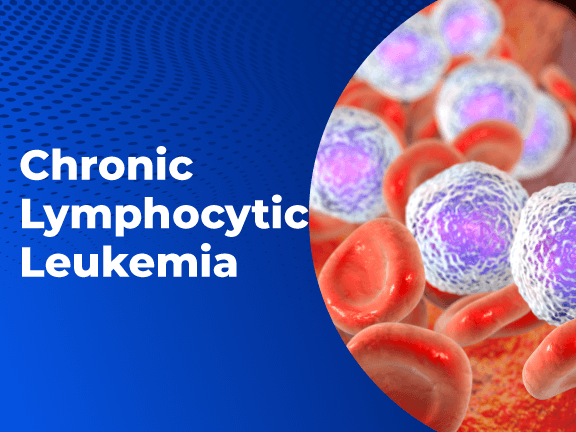
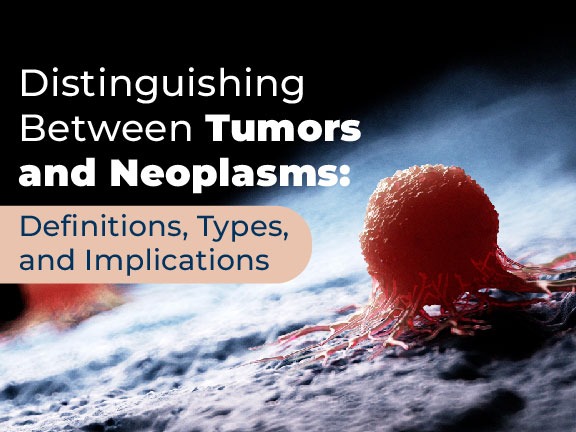
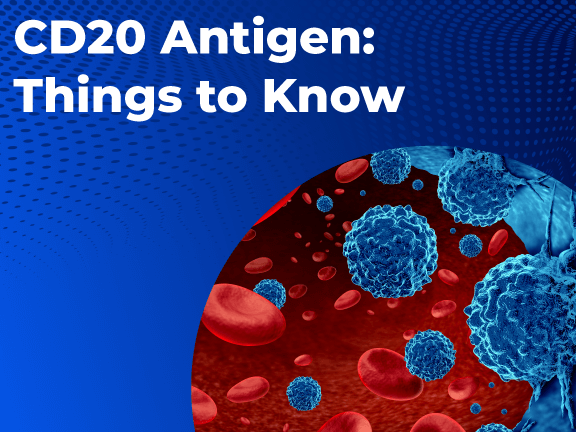
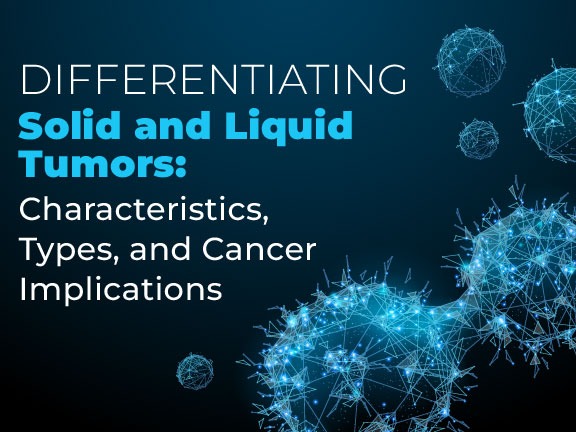
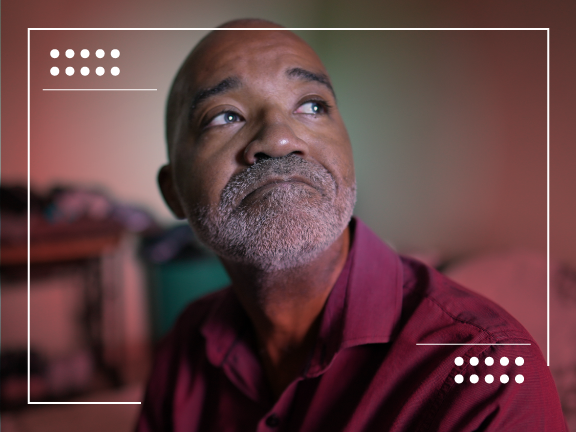



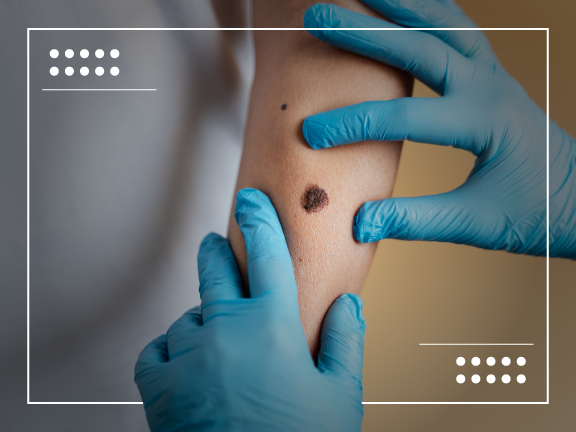

1 Comment
Overall very informative but I wish you’ve included some demographic statistics as well.